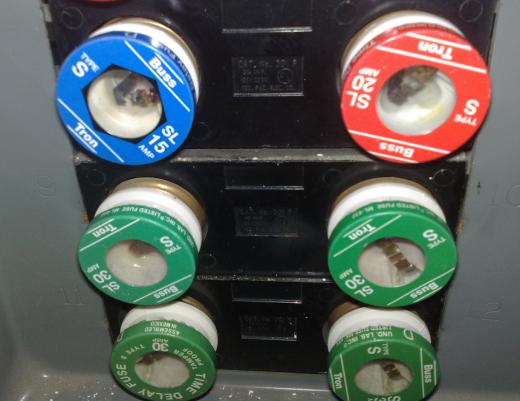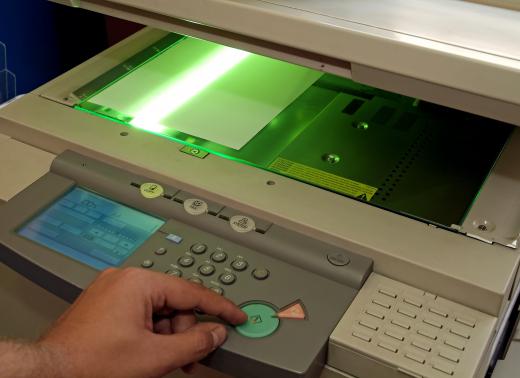What is an Inrush Current?
An inrush current is the energy that is delivered to an electronic or magnetic device when it is turned on. This can include devices such as a computer, photocopier, or motor. The surging current is usually much greater than the normal current required to safely operate the device. To compensate for the large inrush current, thermistors and active circuits are built into devices. Some of the effects of the inrush current include tripping fuses and circuit breakers.
The inrush current can be 20 times greater than the regular operating current of an electronic device. It usually takes 10 milliseconds for the current to reduce to normal levels. Generally, the number of times through the circuit that the current flows before it is reduced is between 30 and 40. Several things can happen during this period.

When switching on the main power for a computer, for example, there is a high inrush current. Components within the computer called filter capacitors produce the large current and propagate it quickly. The typical effect of inrush current is to prevent circuit breakers or fuses from operating normally. A more serious problem is that the surge current can damage switch contacts as it passes through, essentially welding the contacts together.

There are several ways to correct problems associated with surge current including increasing the wire size or installing surge limiters. To determine which method is best, the inrush current needs to be measured with a meter. Clamp-on meters are typically used to measure the surging current.
The most reliable meters usually have the ability to measure peak capture time and have a peak hold function. These two specifications will ensure the surging current is accurately measured. Good meters have a peak measurement time of 1 millisecond, while cheaper models have a time of 100 milliseconds. Since the majority of the surging current dissipates within 10 milliseconds, slower models won't even capture the surge itself.
The surge limiter can also be called a limiting thermistor, which is a heat-sensitive resistor that reacts to the change in temperature of the circuit. As the temperature increases, the resistance of the resistor essentially decreases, allowing the surging current to flow through the circuit. This prevents a build up of the surging current.
Since a surge limiter heats up during its operation, it requires a cool down time before the next inrush current. During the recovery time, the resistance of the surge limiter is gradually replenished. This will allow it to suppress the following current effectively.
AS FEATURED ON:
AS FEATURED ON:












Discussion Comments
@minthybear19 - Even some of the new TVs have that loud boot up sound and take a few seconds to turn on all of the way. My TV is only a year old and it still has a distinct inrush sound when I turn it on.
If you think about it, a inrush current is like a heart defibrillator for electronics. It shocks way over what it actually needs and starts it working again. A defibrillator normalizes the hearts current, essentially bringing someone back to life – just like a computer turning on again.
@w00dhuck41 - That isn't because of how old the TV is, it's just because that's how it was built. Inrush current technology just wasn't as good back then. Be careful to use that with a surge bar -- along with any other electronics in your house. Electrical surges can cause severe damage to your electronics. It can burn out the limiters.
You're probably right about leaving the TV on instead of turning it off when you take breaks – older TVs are power hogs.
I have an old TV that has a funny inrush current. When I turn it on -- it makes a loud buzz sound and than the screen gets super static charged. It slowly goes away, but I think it's because of how old it is. It's a good thing it doesn't burn when I leave it on, because I'm worried that turning it off when I take a break would cost more than just leaving it on.
Post your comments